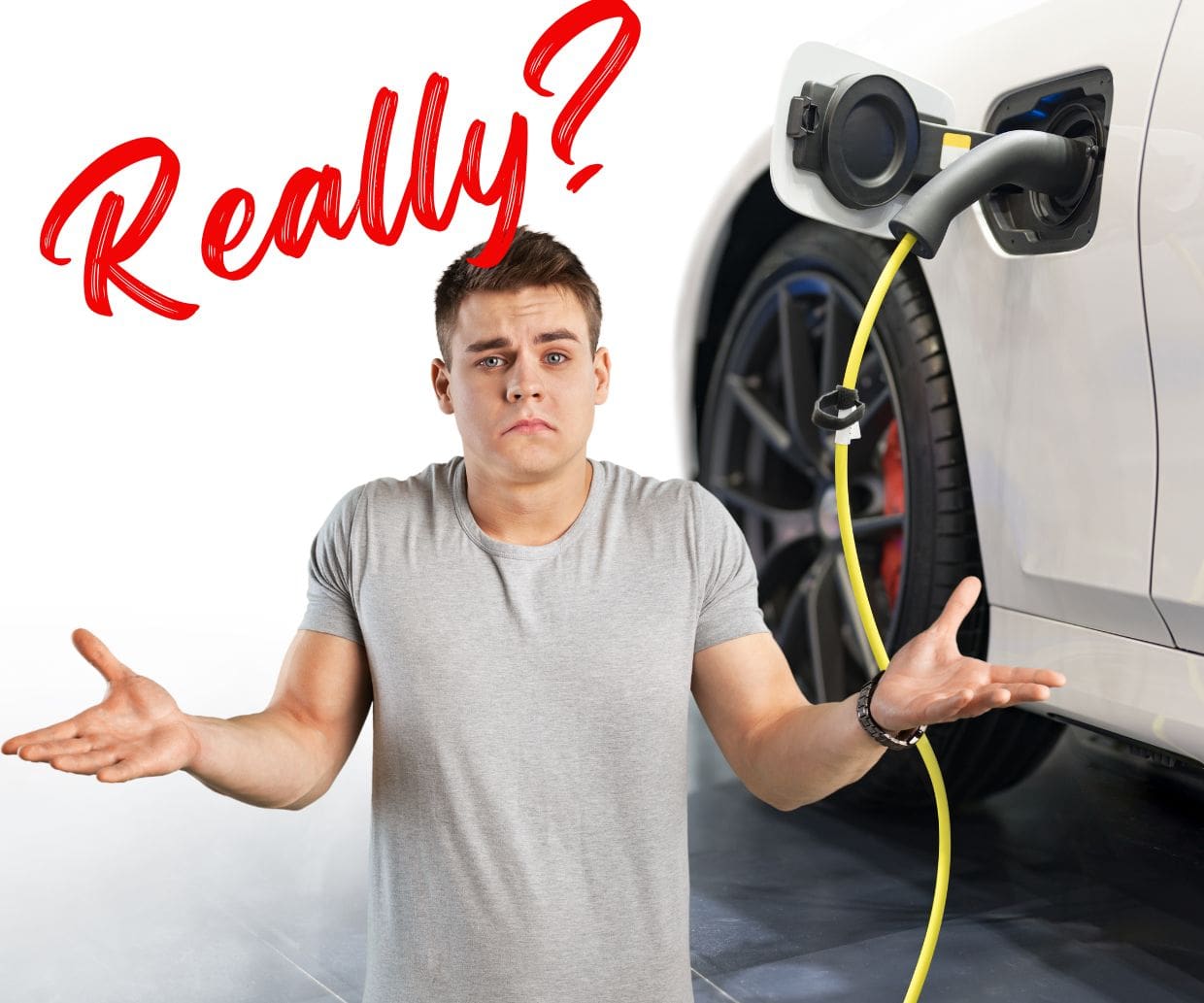Some people ask me why I don’t have an electric car.
After all, as an environmentalist, I am expected to have an electric car.
Apparently, it is the ecologically and politically correct thing to do.
We are led to believe that electric cars mean zero emissions.
The problem is that batteries do not generate electricity. Batteries simply store energy and primarily they store electricity generated by coal, natural gas, diesel, or uranium. Forty percent of the electricity in the United States is generated by coal fired generator plants. This means that forty percent of electric cars are powered by coal. The rest are powered by hydro, gas, oil, or nuclear. The minority are powered by wind and solar.
Electric cars run on batteries and these batteries depend upon limited finite resources and require a great amount of carbon producing energy to manufacture.
Each battery weighs about 450 kilos. This breaks down to 11 kilos of lithium, 14 kilos of cobalt, 20 kilos of manganese, 27 kilos of nickel, 90 kilos of copper, and 180 kilos of aluminum, steel, and plastic.
To manufacture each battery requires approximately 11,000 kilos of salt to produce lithium, 14,000 kilos of ore to produce cobalt, 2200 kilos of resin for nickel, and 14,000 kilos of ore to produce copper. A total of 23,000 kilos of raw materials were processed for each battery.
If the batteries are powered by solar panels this involves converting silicate into silicone. This requires large quantities of highly toxic hydrochloric acid, sulfuric acid trichloroethane, acetone., gallium, arsenic, copper indium-gallium diselenide, and cadmium telluride.
These panels cannot be recycled.
If the batteries are energized by windmills this involves for each windmill weighing approximately 1700 tons requires 1,300 tons of concrete, 295 tons of steel, 48 tons of iron and 24 tons of fiberglass. It also requires large quantities of neodymium, praseodymium, and dysprosium. Each blade weighs approximately 37,000 kilos and cannot be recycled.
With the depletion of finite resources on land, there will be more and more pressure to mine manganese nodules from the deep sea to secure nickel, cobalt, manganese, and other minerals and such exploitation of benthic eco-systems will be devastating for marine life due to oxygen deprivation that will be caused from disturbed sediment.
Windmills producing electricity for homes and industry is certainly a positive thing if the windmills are on land and are not backed up by diesel generators, but the offshore construction of windmills is a hazard to marine life because of the production of high decibel noise pollution from pile driving during construction and the disruption of seabird and marine species migration after construction.
Alternative solar and wind production of energy is a necessity in a world of eight billion human beings where finite fossil fuels are being rapidly diminished.
However, it is a delusion to believe that such energy production means zero emissions.
Fossil fuel production will collapse in a century despite fracking and the destruction of wildlife sanctuaries. When every drop of oil and every chunk of coal has been exhausted the world will be unable to mine, process, and manufacture the materials for windmills, solar panels, and batteries. Even nuclear power requires a huge carbon footprint considering the required mining, processing, and transportation of pitchblende ore into yellowcake and uranium and uranium into plutonium.
A world without fossil fuels will be a world deprived of fertilizer and guano reserves have already been exhausted for phosphates.
What this means is that very little thought goes into what the world will be like a century from now, a world radically challenged by climate change where energy production will be severely depleted.
There will always be traditional windmills, sailing vessels, and horses but the reality is that a rapidly escalating population coupled with escalating resource depletion will have catastrophic consequences for the future unless more efficient alternative energy production becomes possible.
What this means is that the “green revolution” is not so green and there are negative ecological consequences to so called green alternative energy production.
Living on this planet requires living within the confines of the laws of ecology. The first law is the law of diversity. This means that the strength and health of an ecosystem is dependent upon the diversity of plants and animals within the ecosystem. The second law of ecology is the law of interdependence meaning that all species within an eco-system are interdependent. The third law of ecology is that of finite resources meaning there are limits to growth because there are limits to carrying capacities within ecosystems and when one species like us takes resources from other species this translates into diminishment of both diversity and interdependence, and this results in ecological collapse.
Rising human populations coupled with resource diminishment and the diminishment of diversity and interdependence is the gravest threats facing the survival of humanity.
The survival of humanity requires finding real solutions for energy, food production, clean water, and the security of resources. We cannot have illusions about this and many alternatives are simply deceptions that can be manipulated into marketing for profit.






